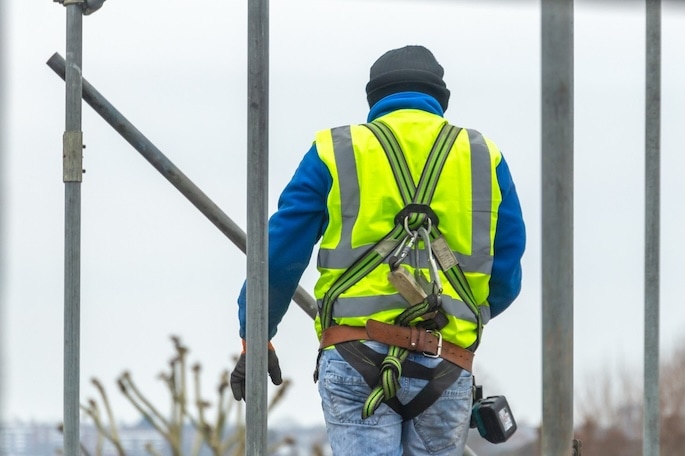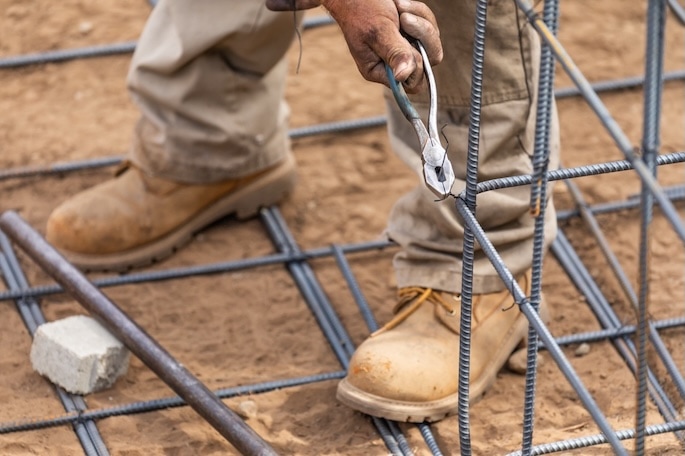Construction sites are dynamic environments that involve numerous hazards and risks. The nature of the work, coupled with the presence of heavy machinery, power tools, and elevated structures, increases the likelihood of accidents and injuries. In such settings, having basic first aid requirements in place is crucial to ensuring the safety and well-being of workers. This article will explore the fundamental aspects of first aid at construction sites, including training and certification, first aid kits and equipment, common injuries, emergency response procedures, dealing with environmental hazards, preventive measures, legal requirements, and real-life case studies.
Introduction
In the construction industry, basic first aid requirements refer to the protocols, equipment, and training necessary to provide immediate medical assistance to injured workers on a construction site. First aid plays a vital role in minimizing the severity of injuries, preventing complications, and even saving lives. By promptly addressing injuries and illnesses, construction sites can create a safer work environment and reduce the impact of accidents.
First Aid Training and Certification
One of the foundational elements of basic first aid requirements is the presence of trained first aid personnel on-site. Construction sites should have designated individuals who have undergone specific first aid training programs. These training programs provide essential knowledge and skills, such as assessing injuries, providing CPR, immobilizing fractures, and managing bleeding.
Several organizations offer first aid training programs tailored to the needs of construction workers. These programs typically cover topics like basic life support, wound care, splinting, and recognizing the signs of common construction-related injuries. It is essential for workers to complete these programs and obtain certification to ensure their competence in administering first aid.
First Aid Kits and Equipment
Having a well-stocked and easily accessible first aid kit is essential at every construction site. A comprehensive first aid kit should include items such as bandages, sterile dressings, antiseptic solutions, adhesive tape, scissors, gloves, and resuscitation equipment. The kit should be located in a central area, known to all workers, and easily accessible in case of emergencies.
Regular inspections of first aid kits are necessary to ensure the availability and functionality of the supplies. Expired items should be replaced promptly, and any used supplies should be replenished. Additionally, first aid kits should be protected from environmental factors, such as extreme temperatures and moisture, to maintain the integrity of the contents.
Common Construction Site Injuries
Construction sites are prone to various types of injuries, including cuts, burns, fractures, sprains, strains, falls, and electric shocks. It is crucial for first aid providers to be knowledgeable about the specific first aid techniques required for each type of injury. Prompt and appropriate response to injuries can significantly improve outcomes and reduce the chances of complications.
For instance, in the case of cuts, it is important to apply direct pressure to stop bleeding and clean the wound thoroughly before dressing it. Burns, on the other hand, require immediate cooling with water and subsequent protection with sterile dressings. Falls may lead to fractures, where the injured area should be immobilized before seeking further medical attention. By having the necessary knowledge and skills, first aid providers can effectively manage these injuries at construction sites.
Emergency Response Procedures
Construction sites should have well-defined emergency response procedures in place. This includes developing an emergency response plan that outlines the steps to be taken in case of accidents, injuries, or other critical incidents. The plan should clearly identify the roles and responsibilities of first aid providers, as well as the communication protocols with emergency services.
During emergencies, time is of the essence. First aid providers must be able to quickly assess the situation, provide immediate care to the injured, and initiate contact with emergency services if required. This seamless coordination ensures a more efficient response and increases the chances of a positive outcome for the injured worker.
Dealing with Environmental Hazards
Construction sites are often exposed to environmental hazards that can pose risks to workers’ health. Extreme temperatures, such as heatwaves or cold spells, can lead to heatstroke, hypothermia, and dehydration. First aid providers should be trained to recognize the signs and symptoms of these conditions and take appropriate measures to address them.
Furthermore, construction sites may involve the handling of hazardous materials, chemicals, or substances. In the event of spills, leaks, or exposure incidents, first aid providers should follow specific protocols to protect themselves and others. This may include safely evacuating the area, providing decontamination procedures, and seeking immediate medical assistance as necessary.
Preventive Measures
Prevention is paramount when it comes to ensuring worker safety at construction sites. In addition to having first aid measures in place, it is crucial to implement preventive measures to minimize the occurrence of accidents and injuries. Regular safety inspections, hazard assessments, and risk management practices are essential to identify and address potential hazards before they result in harm.
Furthermore, promoting a safety culture among workers is vital. This involves creating awareness about the importance of adhering to safety protocols, encouraging reporting of near-misses or hazardous conditions, and fostering a collaborative approach to safety. When all workers prioritize safety and actively participate in risk reduction efforts, the overall well-being of the construction site improves.
Legal and Regulatory Requirements
Construction sites are subject to various legal and regulatory requirements related to health and safety. These regulations aim to ensure that employers provide a safe working environment for their employees and meet specific standards regarding first aid provisions. Failure to comply with these requirements can lead to legal consequences and penalties.
Construction site managers and employers must familiarize themselves with the relevant laws and regulations applicable to their jurisdiction. This includes understanding the specific first aid requirements, the number of trained personnel needed, and the minimum standards for first aid kits and equipment. Compliance with these requirements not only ensures legal adherence but also promotes a safer work environment for everyone involved.
Case Studies
Real-life case studies serve as powerful examples of the effectiveness of basic first aid requirements at construction sites. By highlighting successful interventions, these case studies emphasize the impact of proper first aid training and preparedness. They provide concrete evidence of how quick and effective first aid response can mitigate the severity of injuries and improve outcomes.
For instance, a case study might describe a construction worker who suffered a severe laceration while operating machinery. Due to the presence of trained first aid personnel on-site and the availability of a well-stocked first aid kit, the worker received immediate attention, including wound cleaning, proper dressing, and temporary immobilization. This timely and appropriate first aid response minimized blood loss, reduced the risk of infection, and facilitated subsequent medical treatment.
Conclusion
In conclusion, basic first aid requirements are crucial for ensuring the safety and well-being of workers at construction sites. By providing training and certification for first aid providers, maintaining well-stocked first aid kits, and implementing effective emergency response procedures, construction sites can effectively address injuries and illnesses. Additionally, by considering environmental hazards, implementing preventive measures, and adhering to legal and regulatory requirements, construction sites can create a safer working environment. Prioritizing basic first aid requirements not only protects workers but also contributes to a culture of safety and fosters a sense of responsibility for everyone involved.
FAQs
1. How many first aid personnel should be present at a construction site? The number of first aid personnel required at a construction site depends on various factors, such as the size of the site, the number of workers present, and the level of risk involved. It is essential to consult local regulations and guidelines to determine the specific requirements for your site.
2. How often should first aid kits be inspected? First aid kits should be inspected regularly, at least once a month, to ensure that all supplies are available, in good condition, and within their expiration dates. Any expired or depleted items should be replaced immediately.
3. What are some preventive measures to enhance safety at construction sites? Preventive measures at construction sites include conducting regular safety inspections, providing appropriate safety training to workers, promoting hazard reporting, enforcing safety protocols, and maintaining a clean and organized work environment.
4. What legal consequences can arise from non-compliance with first aid requirements at construction sites? Non-compliance with first aid requirements at construction sites can result in legal consequences, such as fines, penalties, or even the suspension of operations. It is essential to understand and adhere to the relevant laws and regulations to ensure a safe working environment.
5. How can I access more information on first aid requirements at construction sites? For more detailed information on first aid requirements at construction sites, it is recommended to consult local occupational health and safety authorities, industry-specific guidelines, or seek guidance from qualified health and safety professionals.



